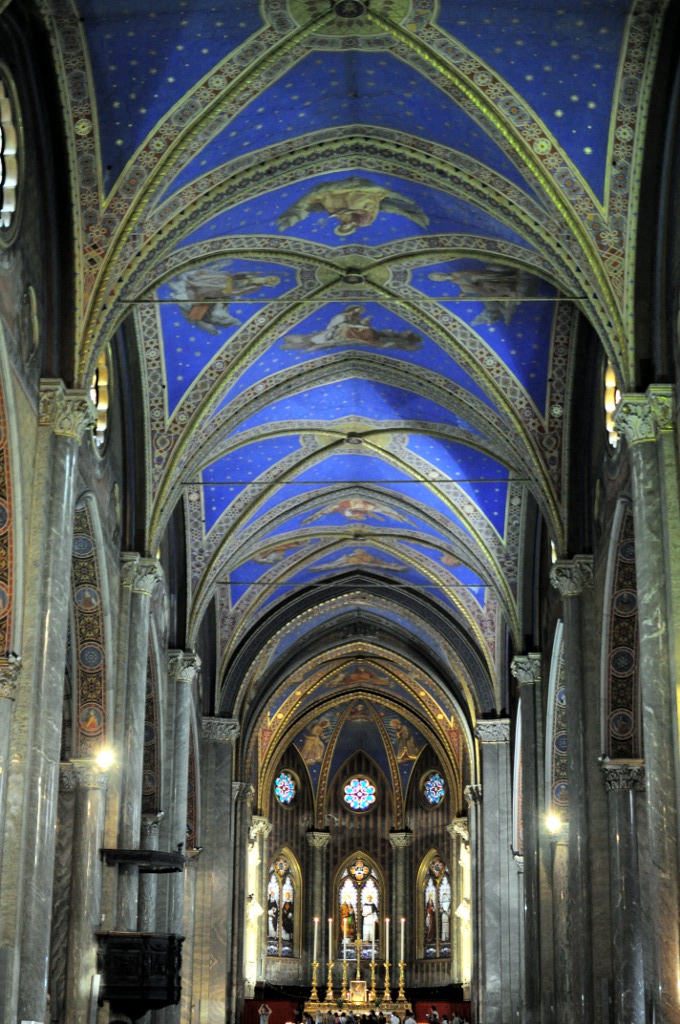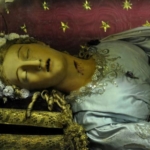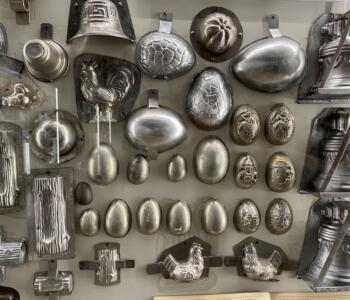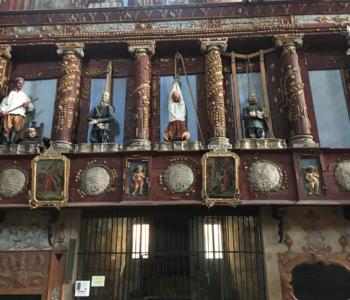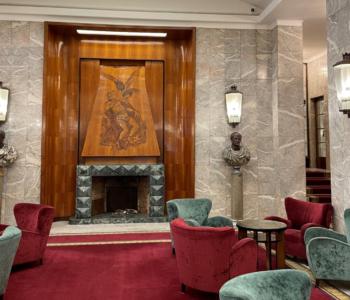
Santa Maria sopra Minerva is considered to be the only ghotic church in Rome.
The church’s name derives from the fact that the first Christian church structure on the site was built directly over (Latin: supra) the ruins or foundations of a temple dedicated to the Egyptian goddess Isis, which had been erroneously ascribed to the Greco-Roman goddess Minerva. In fact this area, known as the district of Campus Martius, was full of egyptian temples during ancient times and that’s way an obelisk, now in the centre of the square, was found there in 1665.
The Pope Alessandro VII called Athanasius Kircher to decrypt the inscription on the obelisk and then Bernini, who designed the base as an elephant supporting the Egyptian obelisk. Probably the elephant was choosen as a symbol of strength, as the Latin inscription on the base, chosen by the pope, says “…a strong mind is needed to support a solid knowledge”. The funny elephant earned the popular nickname of “Porcino” (“Piggy”) for a while. The name for the structure eventually changed to Pulcino, the Italian for a small or little “chick”. The inspiration for the elephant supporting an obelisk could also came from one of the woodcut illustrations (this) of the Hypnerotomachia Poliphili, about which I talked here.
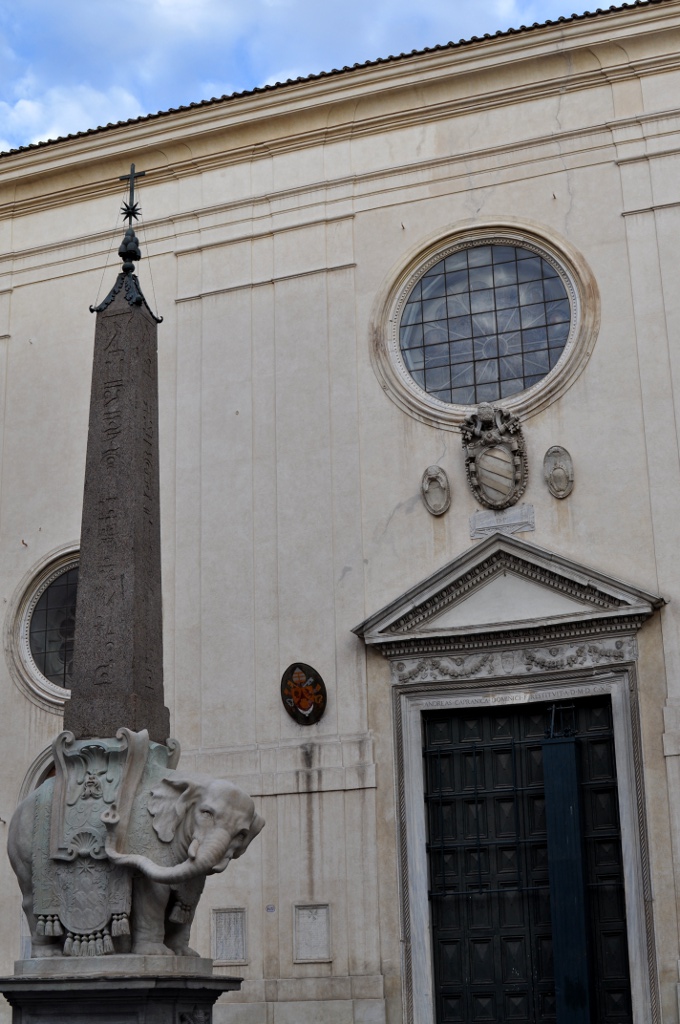
Minerva’s Pulcino
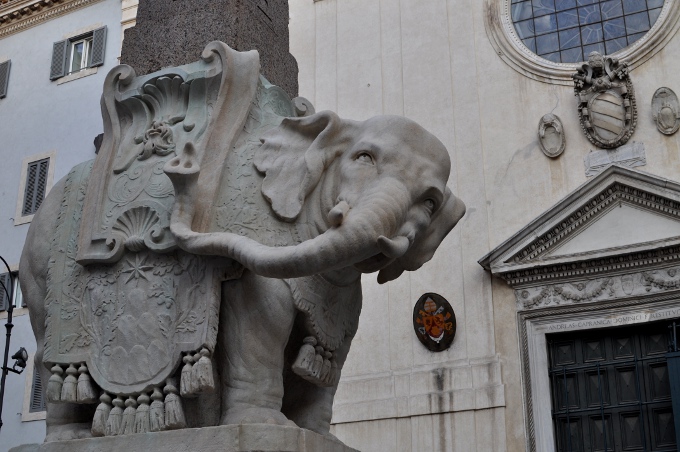
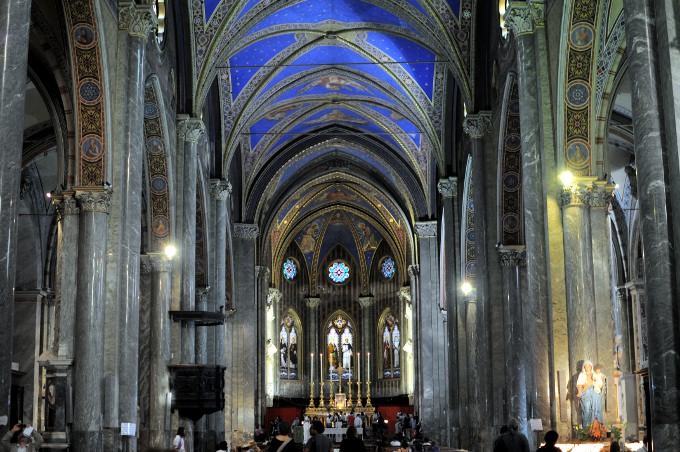
the nave
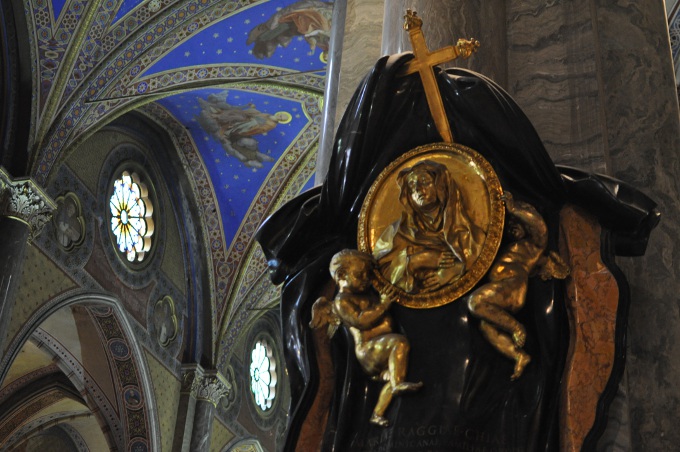
Cenotaph of Suor Maria Raggi (†1600) by Gian Lorenzo Bernini

the church is full of memento mori
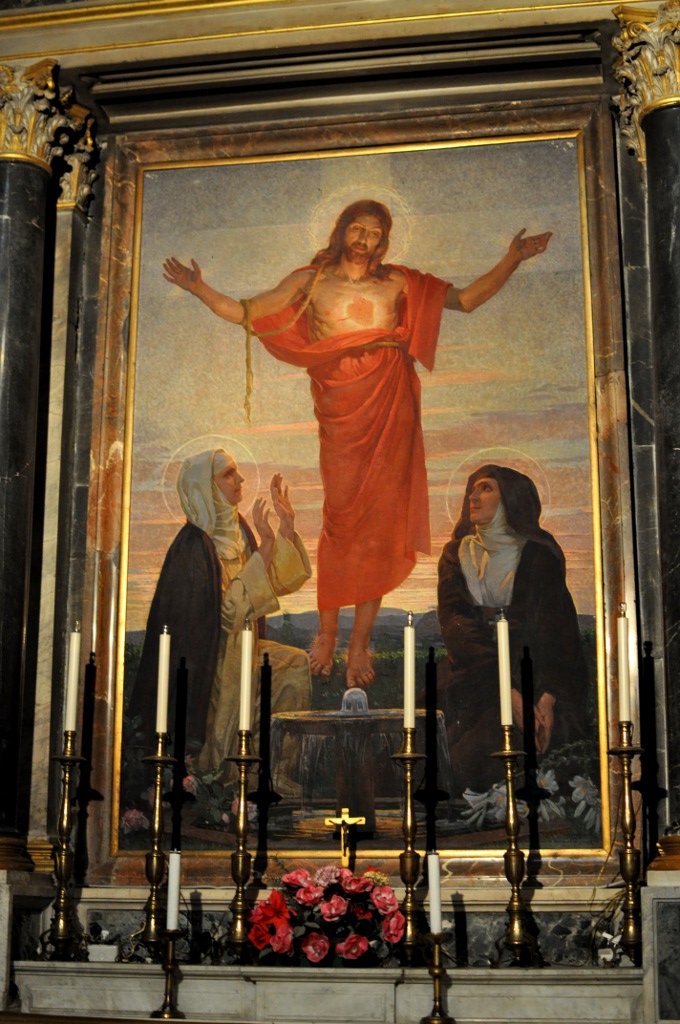
Chapel of the Sacred Heart
The Chapel contains a modern painting in a very symbolistic and pre-raphaelite style, representing Christ between Saint Catherine of Siena and Saint Margherita Maria Alacoque by Corrado Mezzana, 1922.
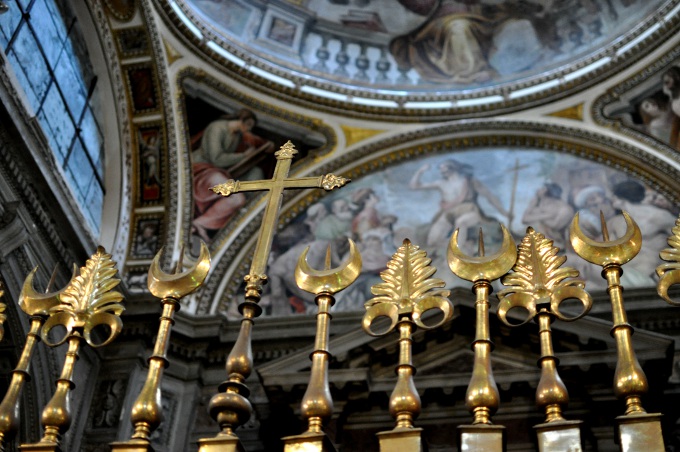


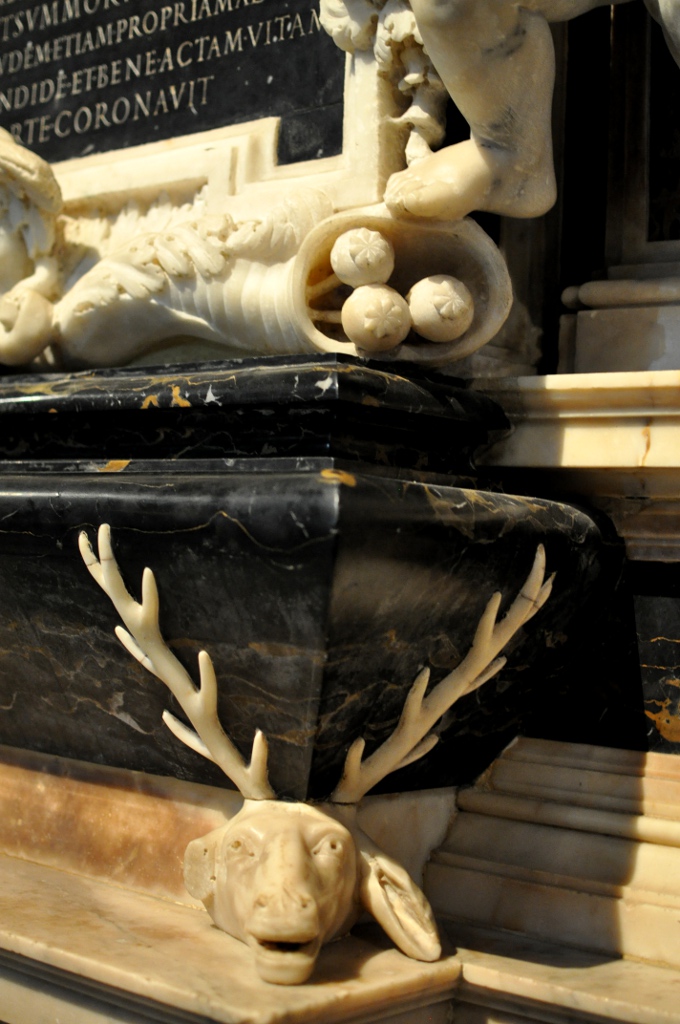

Chapel of S. Pio V with the mortal remains of what supposed to be S. Wittoria
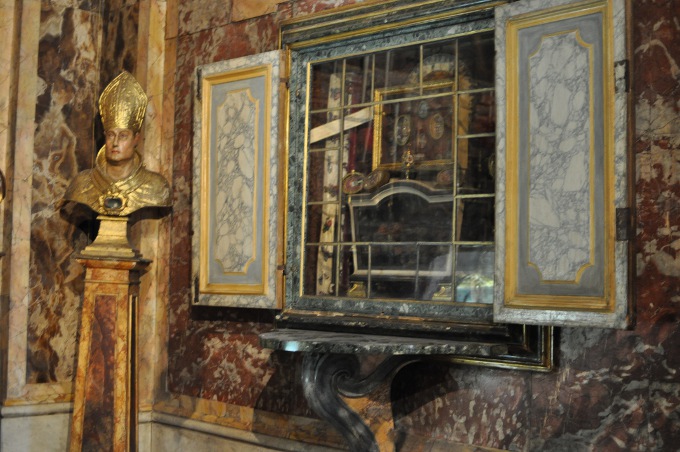
other relics in the Chapel of S. Pio V
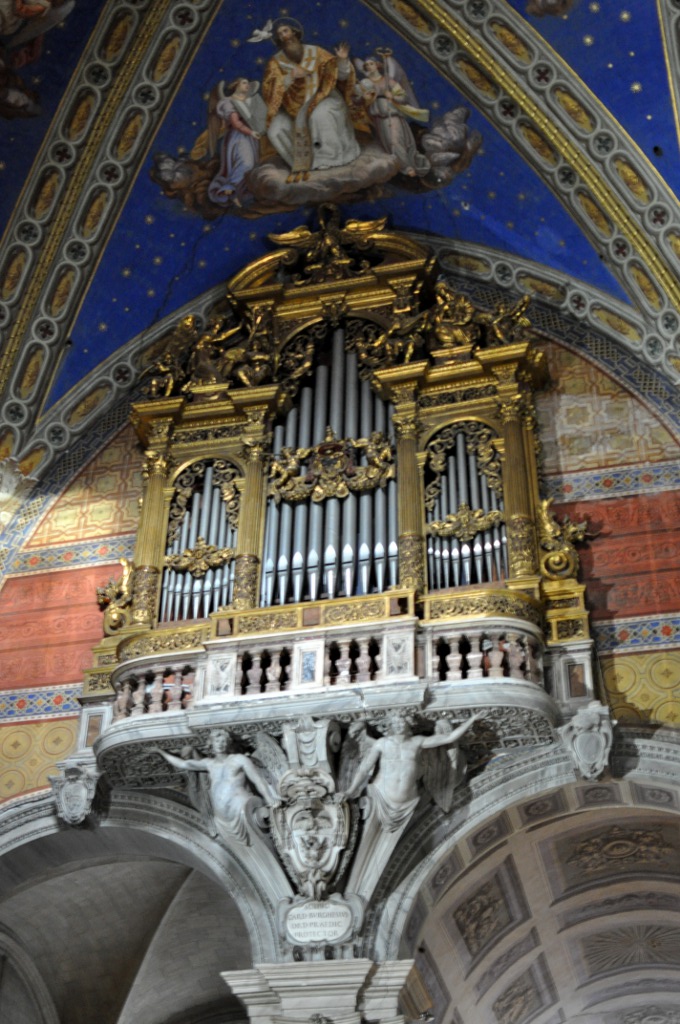

masonry symbols of a grave

Grave of Giovanni Vigevano, attribuited to Bernini
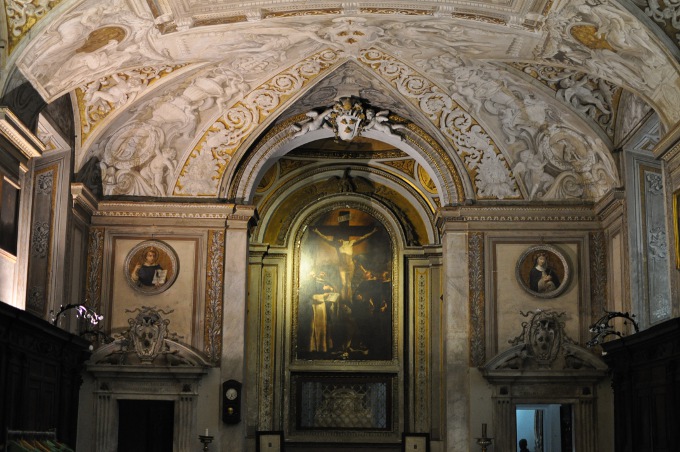
the vestry
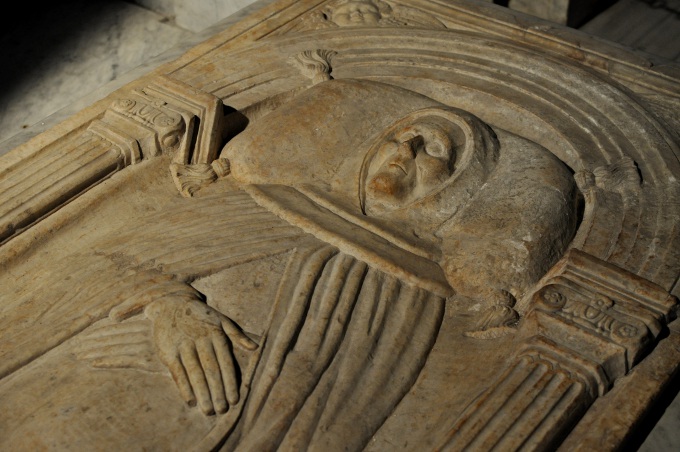
tomb of Dominican friar Blessed John of Fiesole (Fra Giovanni da Fiesole, born Guido di Piero) better known as Fra Angelico (c. 1395-1455)
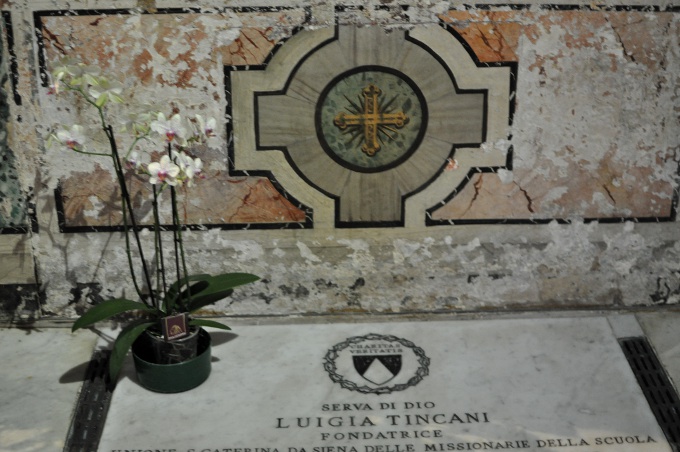
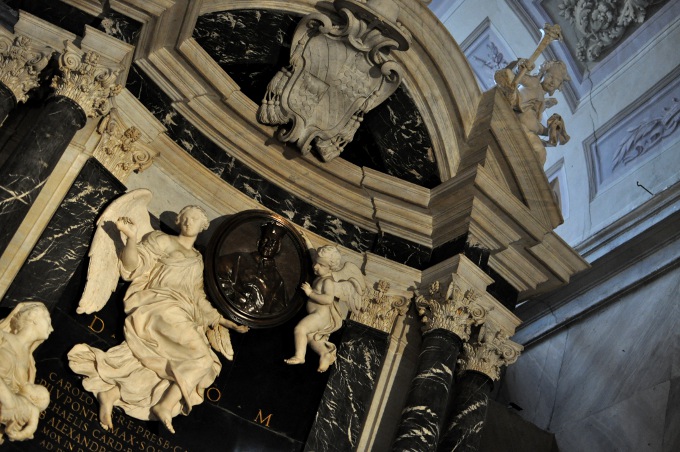
Chapel of S. Tommaso d’Aquino

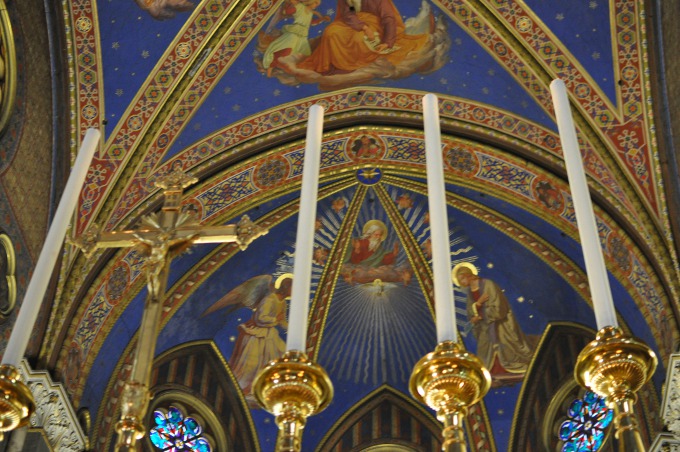

The main altar with the tomb of Saint Catherine of Siena (1347-1380)
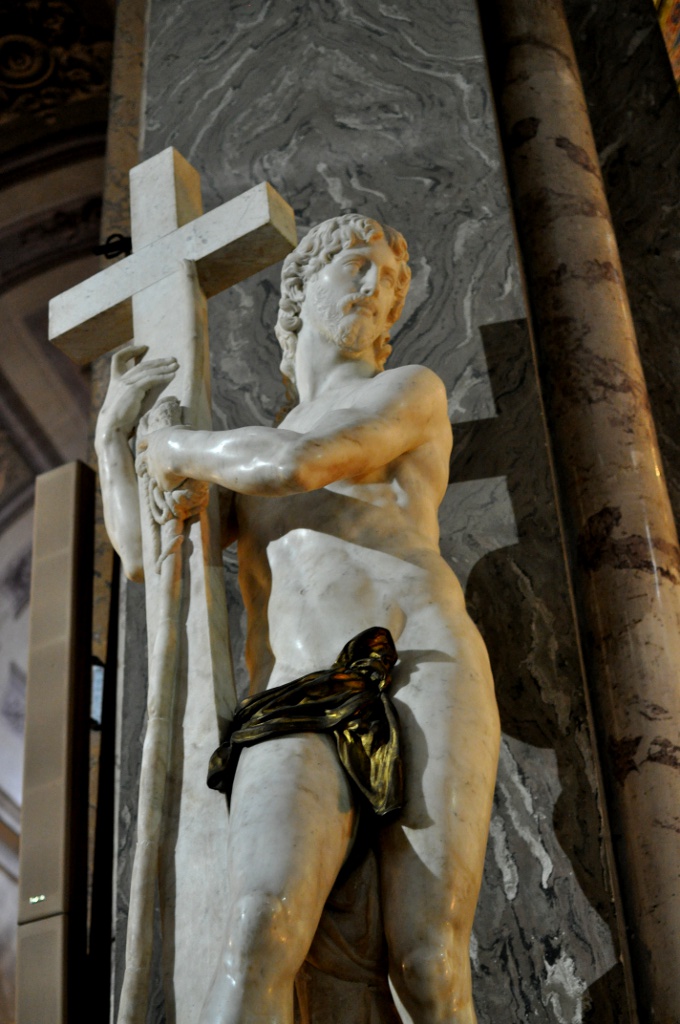
Michelangelo’s statue Cristo della Minerva (1521) censored with a bronze drape

Capranica Chapel or of the Rosary
Carafa Chapel:
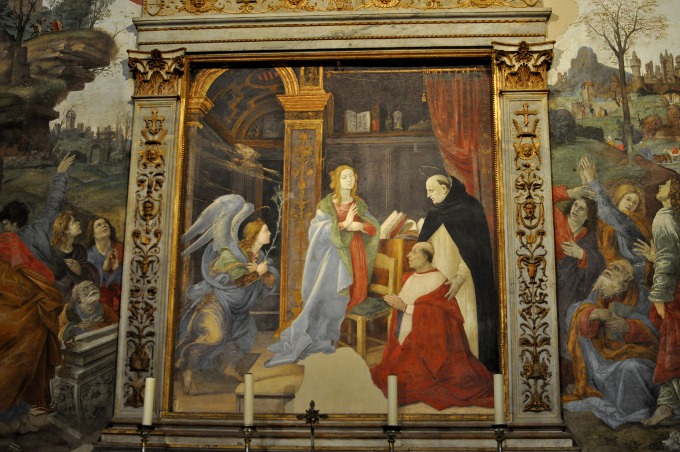
Main altar: St Thomas presenting Cardinal Carafa to the Blessed Virgin
The Carafa Chapel contains the 15th-century frescoes (1488–1493) by Filippino Lippi. It was commissioned by Cardinal Oliviero Carafa in honour of Saint Thomas Aquinas. It was inaugurated in 1493, and is also known as the Chapel of St Thomas Aquinas. Designed by Pirro Ligorio in 1559, the tomb of Gian Pietro Carafa, who became Pope Paul IV in 1555, is also in the chapel.
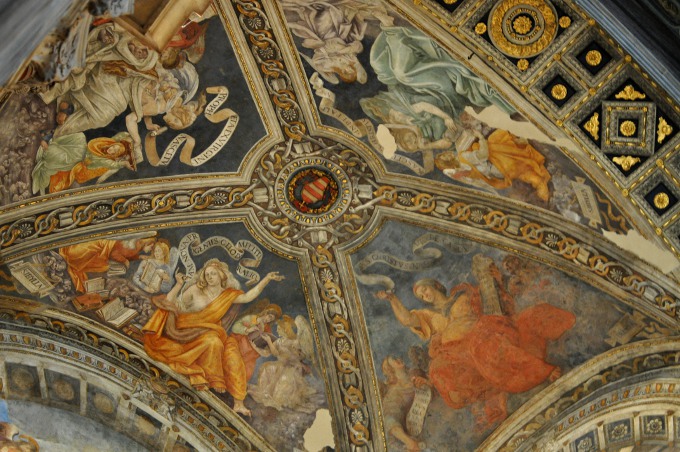

The Annunciation
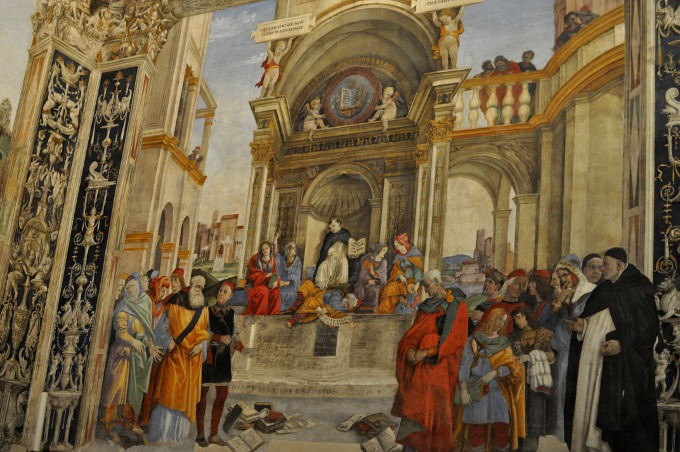
Glory of St Thomas
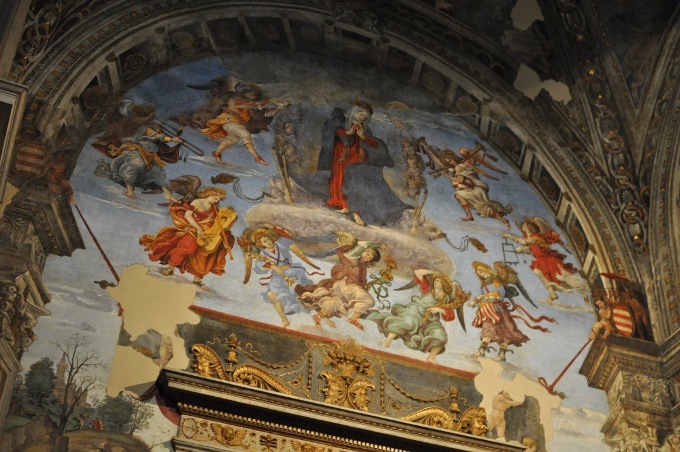
The Assumption
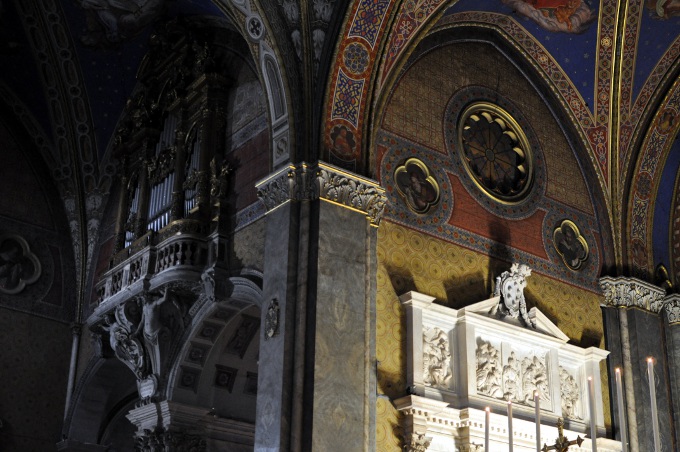
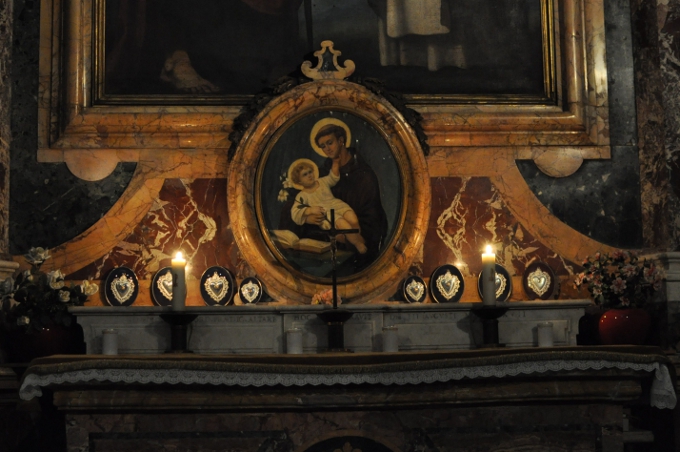
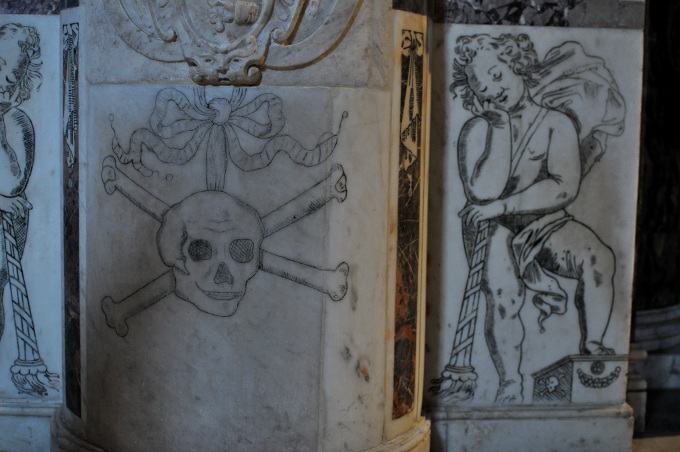


Regina dei Rosari
